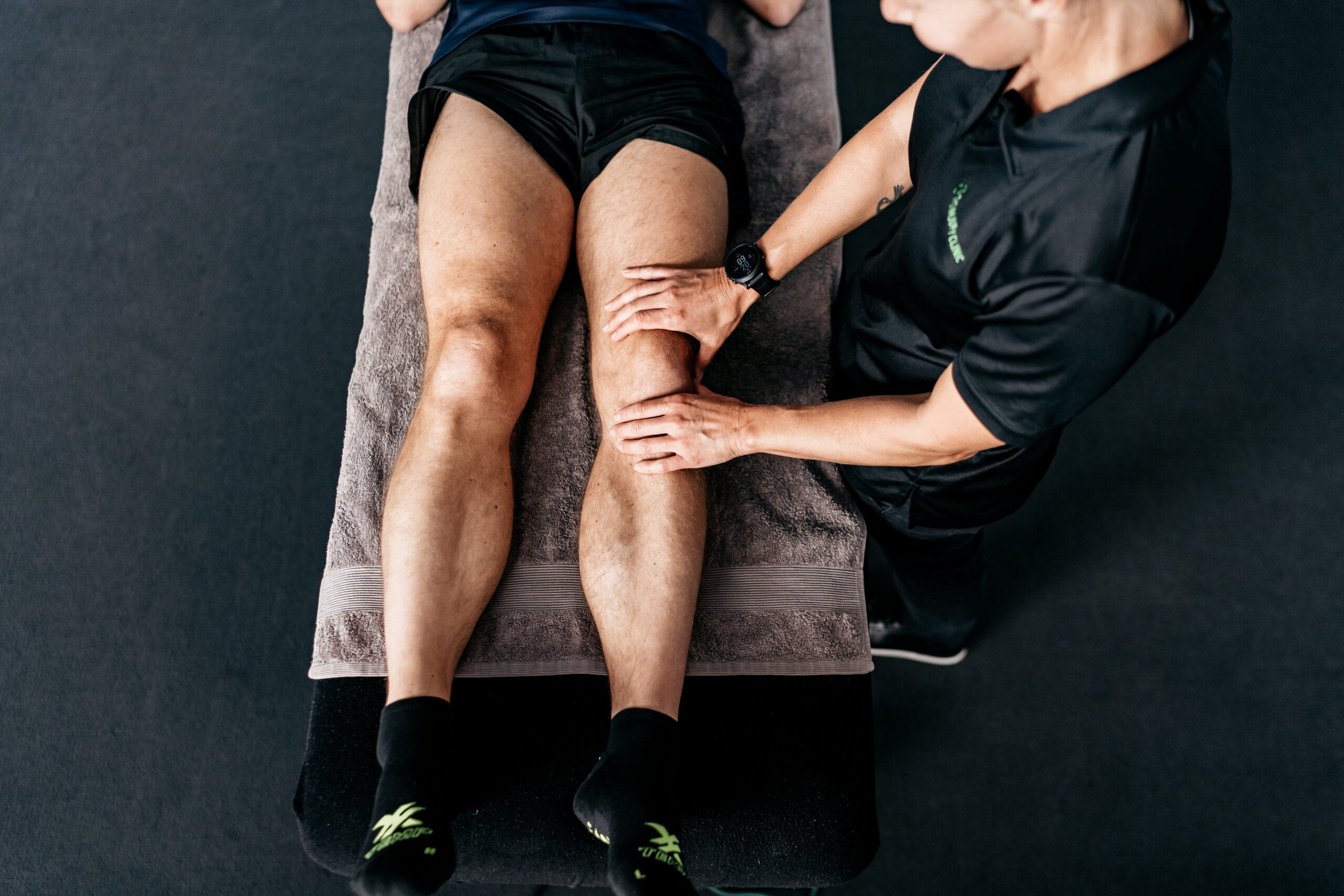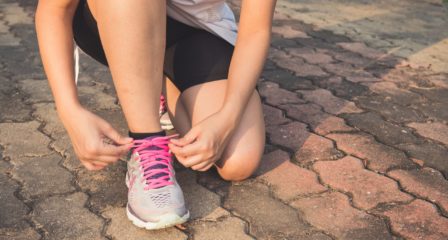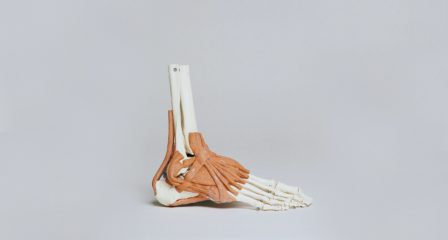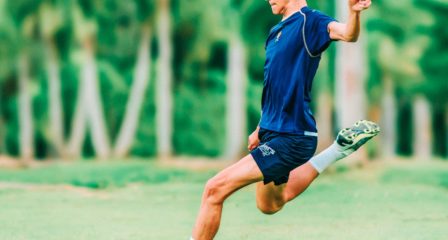Blog written by physiotherapist, Darby Graham
In this blog, I will be answering some common questions we hear from patients and outlining how we might manage an athlete after an ACL rupture that is not undergoing surgery.
Q1: Does everyone need surgery after a high grade ACL tear?
The short answer is no. Conservative (non-surgical) management can be highly successful for a large number of people, and there has been high quality research that has shown that it can be just as successful. In Australia, ACL reconstructions are very common due to cultural expectations and our exposure to professional sports that have a high rate of ACL injuries. In contrast to this, in Scandinavia and other European countries, it is just as common to not have surgery after an ACL tear. These countries have very good results from either fully managing athletes without surgery or waiting 6-12 months for surgery.
Q2: Can I get back to playing sport after an ACL tear without surgery?
A majority of ACL ruptures we see are done in cutting and pivoting sports such as AFL, netball or soccer, which may be difficult to return to given the variety of loads that go through the knee. Despite this, there have been very good results from the research that show that people can return to their chosen sport without surgery, and to the same level of sport as they have previously played. The research even shows that without surgery, some athletes may return quicker and at a higher rate than athletes who do undergo surgery
Q3: Can the ACL heal without surgery?
We know for certain that just like any other ligament, the ACL can heal without surgery. It doesn’t in everyone, but if the two parts of the ligament are not significantly displaced and the person undergoes appropriate rehab, the ligament can have a good chance of healing on it’s own. In saying that, there are many athletes who are able to return to sport without the ACL ever healing.
Q4: How long does rehab take without surgery?
If the rehabilitation goes well, many athletes can expect to be fully recovered and return to the sport within 6 months. There is a chance that after 6 months, the knee is still unstable and the athlete will have to undergo a reconstruction, but if the rehab is followed well and their symptoms are manageable early, then many athletes fully recover more quickly than if they underwent surgery.
Q5: What are the benefits of not having surgery?
- ACL may heal
- No risks of surgery
- No damage at donor site- most reconstructions require a tendon graft from either hamstring, patella or quadriceps tendons which can complicate recovery
- Lower financial cost
- Quicker return to sport
- Best research suggests this as first-line approach (for non-complex ACL injuries)
Q6: What are the benefits of having surgery?
- Passive stability of the knee improved
- Relatively predictable time frame of returning to sport- approximately 12 months
- May begin with rehab alone then choose surgery down the track
Q7: What does the non-operative management process typically look like?
Initially, after a rupture, the patient will be encouraged to rest, and allow the healing process to begin and swelling to decrease. Some patients may require using a brace for the first 2-4 weeks after the injury if they have also damaged other ligaments within the knee, are feeling unstable in their knee or are under 16.
After the initial healing period of 1-2 weeks, we can usually begin with improving range of motion, restoring our normal functional movement patterns and non-provocative double or single leg strength exercises. At this stage, we may also have the patient completing regular stationary cycling at light intensity.
After approximately 8 weeks, the rehab can progress to more functional exercises, and begin to add in stationary plyometrics. If the knee is progressing well, they can also begin a return to running program that will be progressed throughout the rest of the rehab process.
From there, months 4-6 of rehab is beginning to focus on returning to sport and higher level training. This will incorporate dynamic plyometrics, cutting/agility drills and sports specific training. We will also work on helping the athlete become psychologically ready, with the aim for full return to sport at the 6 month mark.



